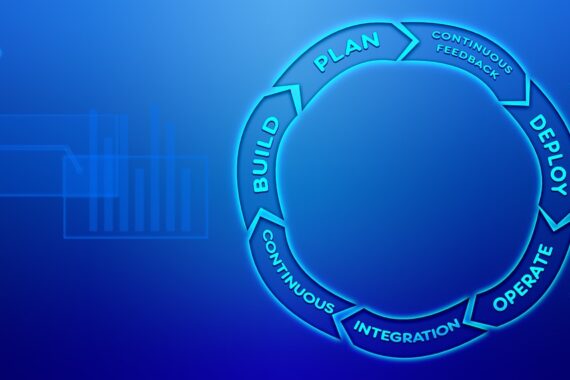You might think that infrastructure planning only involves large companies like governments and massive corporations. In actuality, it applies to everyone and everything – no matter how big or small the project you’re working on may be. The process of infrastructure planning helps you figure out what resources and tools you need to achieve your goals and how to use those tools in the best way possible. It’s crucial if you want to create something incredible, so follow these seven tips for infrastructure planning if you want to make sure your plans are rock-solid.

1) The Importance of having an Internet Service Provider
The Internet has become a vital part of everyday life. The ease and simplicity with which we can get information from the internet are unmatched by any other form of media. It is a service that has become so important in our lives that it could be classified as an infrastructure; something which we depend on for our livelihoods. The importance of having an internet service provider in Infrastructure Planning cannot be overstated, and this is why it needs to be given due consideration when preparing your business plan. There are many ways that the internet can help you grow your business and make more money, but only if it is available to you.
2) When to Start Designing Your Network
After you have your hosting provider, domain registrar, and whois information in order, it’s time to get started with the design of your network. To start, we recommend creating a map of all the locations that will be connecting to the VPN. This is a great way to create an inventory list of all your devices. You can also use this map as a guide for optimizing performance or troubleshooting network problems.
3) How to select your Cloud services
Your choice of Cloud services has a lot to do with your needs and budget. In general, you’ll have the following choices: public clouds, private clouds, virtualized infrastructure as a service (VIA), or managed cloud solutions. You can also mix and match these options to meet your needs. What follows is some information about each type of service and considerations for choosing them. Public Clouds are typically large-scale infrastructures that anyone can use on an on-demand basis.
The downside is that they often lack specialized IT expertise, so it’s harder to customize things like security or performance. One good thing is that they’re relatively inexpensive in comparison with private alternatives – if all you need is commodity hardware then this may be your best bet. Some examples are Amazon Web Services, Microsoft Azure, and Google Compute Engine.
4) What Should you think about when purchasing servers?
1. What is the power load of the system?
2. What are the needs of your program?
3. How much RAM will you need?
4. What type of hard drive do you want? (SATA, SAS)
5. How many hard drives do you need for redundancy purposes?
6. Do you have a preference between SCSI or IDE controllers?
7. Is there anything else we should know about your infrastructure before recommending a server to buy?
5) When Should I Consider Virtualization?
Virtualization is a technique that allows a physical server to host multiple virtual machines (VMs). Virtualization offers many benefits, including lower hardware requirements, reduced cost of ownership, and increased availability of resources. However, this technology may not be suitable for every type of workload or organization. You should consider your needs before deciding whether to use virtualization.
- Do you need the ability to run multiple operating systems on the same machine? If so, virtualization may be a good choice for you.
- Does your workload require specialized hardware? If so, then virtualization could increase both your costs and complexity while providing limited additional benefits.
6) Choosing What Platform to Use
When you are ready to start planning your infrastructure, you should consider what platform will be the most cost-effective and time-efficient for your needs. This is largely dependent on the type of application that you plan to develop. The following is a list of some popular options to consider:
- Java – Developed by Oracle, Java has become one of the most popular options with developers because it’s open source and supports many different types of applications.
- PHP – One of the most popular platforms, PHP works well for simple websites as well as more complex applications.
- Python – A very versatile language with libraries available for just about any field, Python is often used in scientific computing and data analysis.
7) Why it Pays to be Proactive in your Planning
The success of your business relies heavily on your infrastructure. If you’re proactive and thoughtful about how your business will grow, you can save yourself from a lot of hassle in the future. Here are 7 ways to get started:
1. Map out your network needs early on
2. Invest in high-quality equipment that will last
3. Consider scalability when deciding on a location for your office
4. Anticipate natural disasters by building redundancies into your network
5. Develop an emergency plan
6. Plan for employee growth
7. Update emergency contact information








